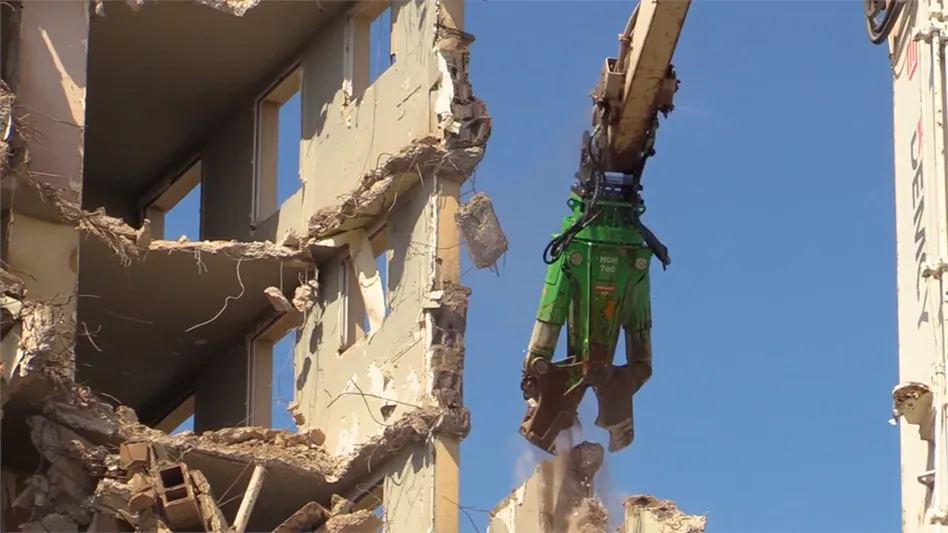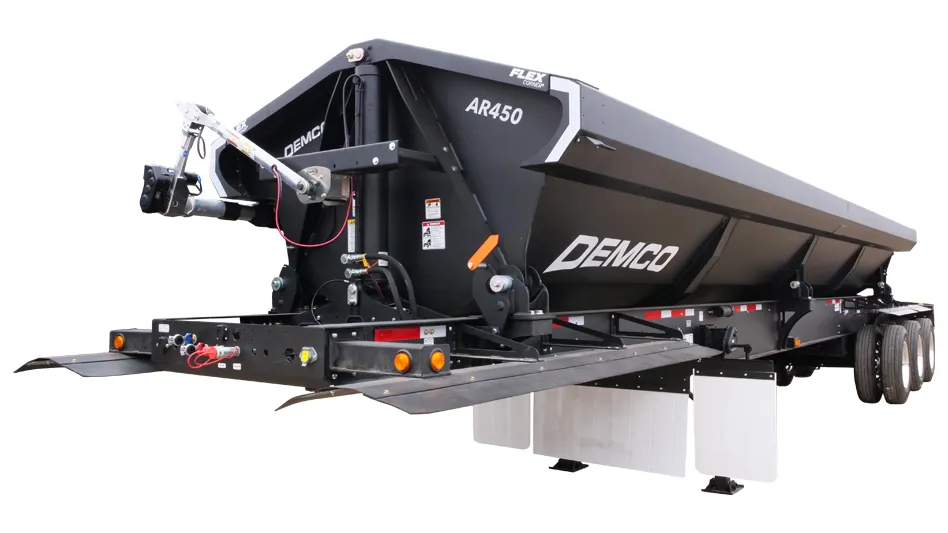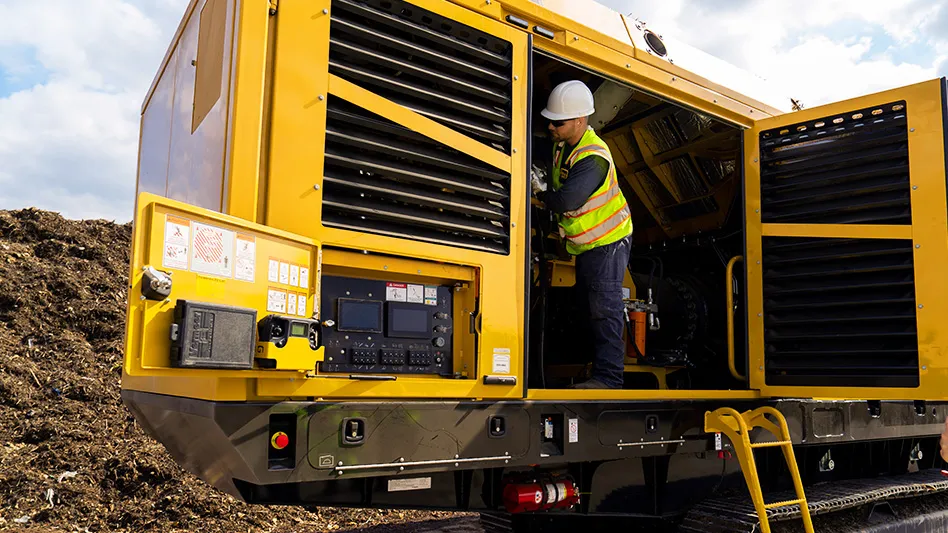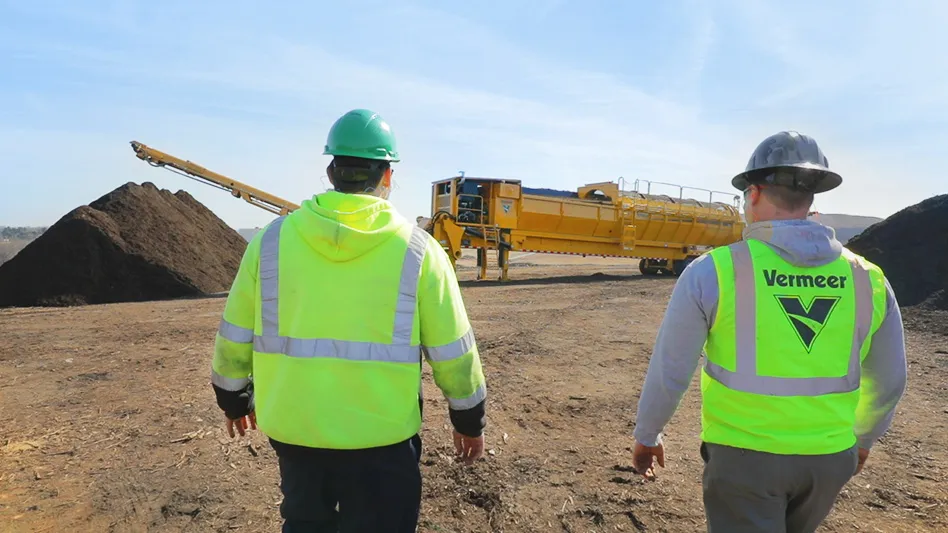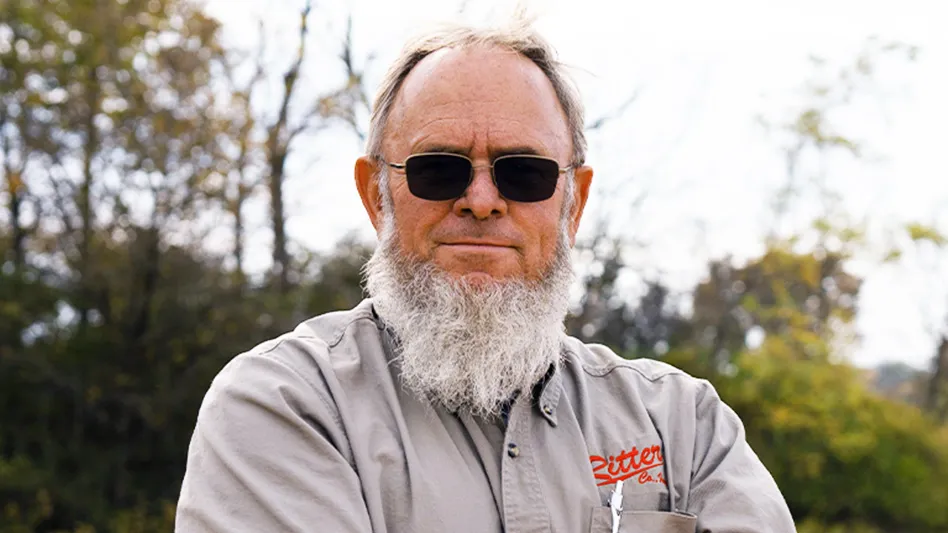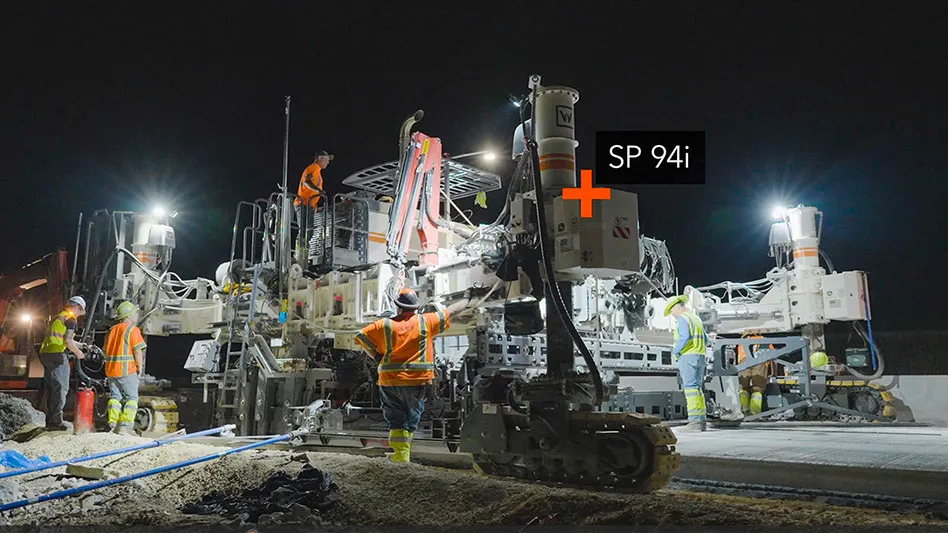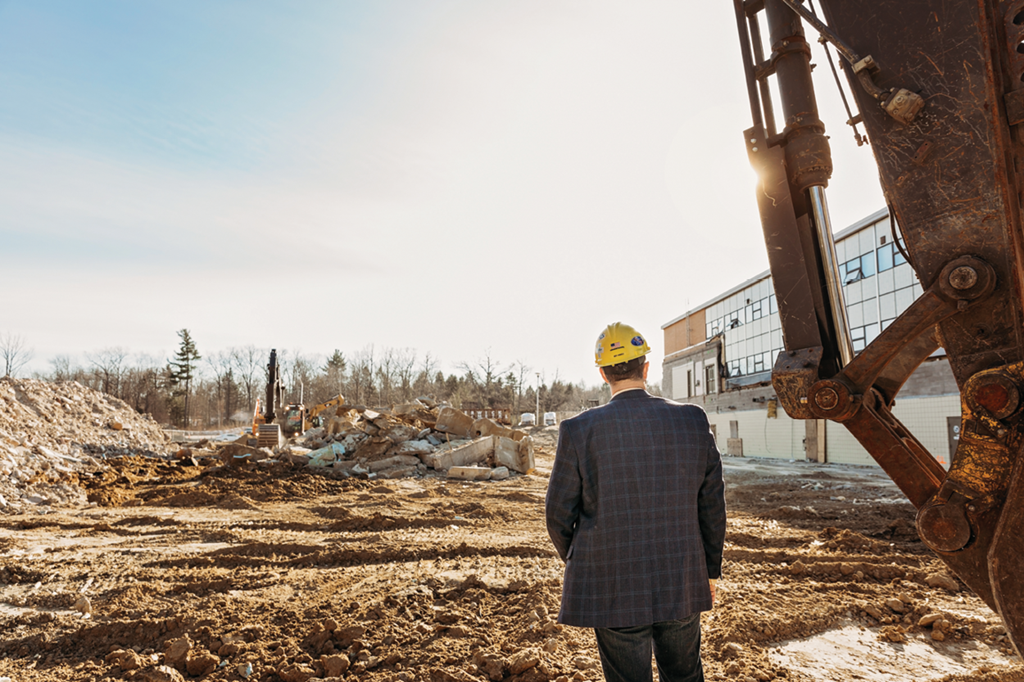
Long before EnviroVantage became a $20-million- per-year demolition and abatement company, 19- year-old Scott Knightly was just looking for a summer job to pay for his junior year at the University of New Hampshire Whittemore School of Business.
Not wanting to wait tables or mow lawns like many of his peers, Knightly applied for a job as a house painter with a local franchise that employed fellow students. He didn’t get it.
“I think I had too many of my own ideas and they wanted a boilerplate, do-it-by-the-book, don’t-think-outside-the-box kind of employee,” he says.
Spurred by his entrepreneurial mindset, Knightly decided to start out on his own. He began painting and removing lead paint from old houses, churches and historic properties in the area, becoming one of the first to specialize in lead abatement in the state (EnviroVantage holds the first New Hampshire lead abatement license—C-01) and one of the first to use an XRF gun on the job.
Thanks to the large number of old buildings that needed work and the opportunity to carve out a niche for his services, business quickly took off and additional staff was brought on to manage the demand.
“I took the path that nobody was taking, which was lead paint removal,” Knightly says. “All our projects were lead paint-based, and we were able to cost the projects correctly, buy state-of-the-art equipment, and do what needed to be done to strip these buildings,” Knightly says. “At the beginning, we were doing everything from residential to historic-based federal projects. As regulations on hazardous building materials were passed, we shifted to more lead abatement jobs that were defined by law. When New Hampshire created its lead laws, I was asked to be part of their development. This afforded us opportunities to do lead work all over New England, opening a really good market for us with very little competition.”

While the company found success with lead abatement, Knightly saw the opportunity to expand his service offerings. He started hiring craftsmen to perform restoration work on older historic buildings as well as seasoned heavy equipment operators, eventually transitioning the company into a full-fledged demolition and abatement contractor.
“All of these projects were comingled with demolition work,” he says. “To restore or reposition a property, you have to abate and demo before you turn it back over for the rebuild. So, we started doing more demolition, asbestos abatement and remediation to combine with the historic restoration work as we went along.”
Today, the Epping, New Hampshire-based company performs demolition, mold and microbial remediation, asbestos abatement, lead paint and PCB removal, environmental cleanup, historic restoration, and other services for a range of residential, commercial and industrial projects throughout the Northeast.

What’s old is new again
Historical restoration requires a different and more nuanced approach than working on newer structures.
Knightly cites EnviroVantage’s high-profile 2004 restoration on the Old North Church, built in Boston in 1723, as an example of how meticulous these jobs can be.
“From day one, we realized the level of oversight and involvement that takes place on a local, state and federal level when working on historic properties; nothing is thrown away,” Knightly says. “For example, when we did the Old North Church more than a decade ago, we restored the windows. We took the panes of glass out and then they glued them back together and put them back in the frame. You saved all the nails, you saved all the windows, you saved all the shutters, you saved all the wood, you save absolutely everything.”

The goal, according to Knightly, is to save and restore everything possible. Everything that isn’t needed for the restoration and can be sold is painstakingly removed for repurposing. Where newer demolished structures bring revenue in the form of steel and copper commodities that can be recycled, older structures, like Old North Church, often yield a return on reusable materials salvaged from the project.
“As in most historic structures, change is necessary to adapt, but all items that are not part of the rebuild can be recycled. There were parts of the North Church project that were getting recycled that weren’t quite as old as the original structure, so you ended up selling those pieces and parts to be utilized by others on their projects from that same period” Knightly says. “We had different colored glass, different square-head nails, different clapboards. There were people that wanted all that product, and so we ended up selling almost everything that we took off the building—you can’t duplicate a 200-year-old piece of wood.”
Although repurposing takes a lot of work, Knightly says there is a robust market for these vintage items.
“We finished a historic mill last summer, reclaiming more than eight tractor trailers of wood,” he says. “We sold the beams, we sold the floorboards, we sold the exterior wood, we sold almost everything that you could sell out of that. Buyers are re-cutting it and making floorboards out of it. They’re making furniture out of it, they’re building other barns with it, they’re reusing the timbers. So, it’s more of a reuse mentality than simply recycling.”
Hiring for the task
According to Knightly, having a diverse and skilled workforce of more than 90 employees is critical to accommodating every job, from modern demolition projects to the restoration of a 300-year-old property.
“We started off in the historical restoration business and now have evolved and transitioned into a fairly large demolition company that does restoration,” Knightly says. “Knowing the specific skills required, we have specialty teams for the demolition and craftsman-based teams for the restoration. You can’t have the high-reach operator dismantling a superstructure one day and restoring a centuries-old window the next. Being in one of the oldest parts of the country and having a strong historical preservation push funded in part by state and federal tax credits, restoration, redevelopment and repositioning of historic properties comprise much of the work here.”
Because EnviroVantage is able to offer both traditional demolition services and more specialized restoration work, they’ve been able to win the contracts for many large-scale jobs that others don’t have the resources to manage.
Knightly says that by onboarding skilled contractors, alleviating the regulatory and environmental hurdles they have to deal with, and providing the proper safety training and equipment, EnviroVantage has been able to allow its staff to focus on what they do best.

"What got us here was paying attention to the details.” - Scott Knightly
“You have to find people who are methodical about what they do—slower is better in this line of work,” he says. “You’ve got to deal with all the lead issues, you’ve got to deal with all the state regulations, you’ve got to deal with all the OSHA regulations, and if you have people who can’t handle that, you’re not going to have a good project. We take these craftsmen with their unique skill set and give them the tools and resources that they need to do it safely and more effectively.”
Although EnviroVantage has grown substantially since Knightly began the business as a lead abatement contractor more than 35 years ago, the same principles he learned working on historical properties at the beginning of his career have carried over to the rest of the company as it has evolved.
“We started off doing historical restoration and are now a $20-million-plus demolition, abatement and restoration contractor,” Knightly says. “What got us here was paying attention to the details. Most of the projects that we work on have a component of historical detail to them, and that’s what sets us apart, but you can’t just do the small projects. You’ve got to branch out into the larger projects to give your employees the opportunity for growth within your firm. While we’ve gone from doing historical restoration to building and structure teardowns to decommissioning of chemical plants, we’ve never forgotten the little things that have gotten us to where we are now.”

Explore the March April 2019 Issue
Check out more from this issue and find you next story to read.
Latest from Construction & Demolition Recycling
- EPA announces $3B to replace lead service lines
- NWRA honors award recipients during annual breakfast at WasteExpo
- Safe Fleet, ITA Dynamics unveil integrated financial, route management system
- Bateman unveils 210 series orange peel grapple
- Republic reports first quarter growth
- Meridian Waste completes second acquisition of 2024
- NEPA revisions could delay critical infrastructure, ABC says
- Liebherr USA announces new divisional director
